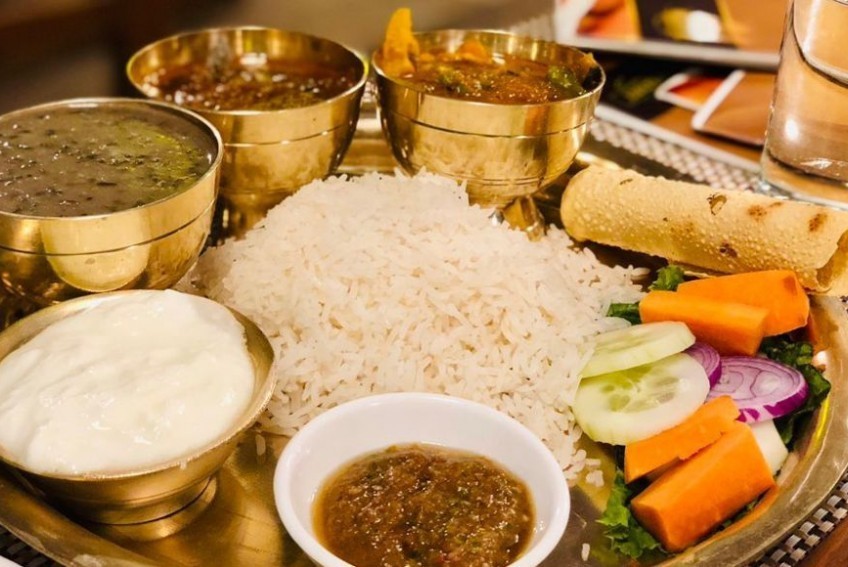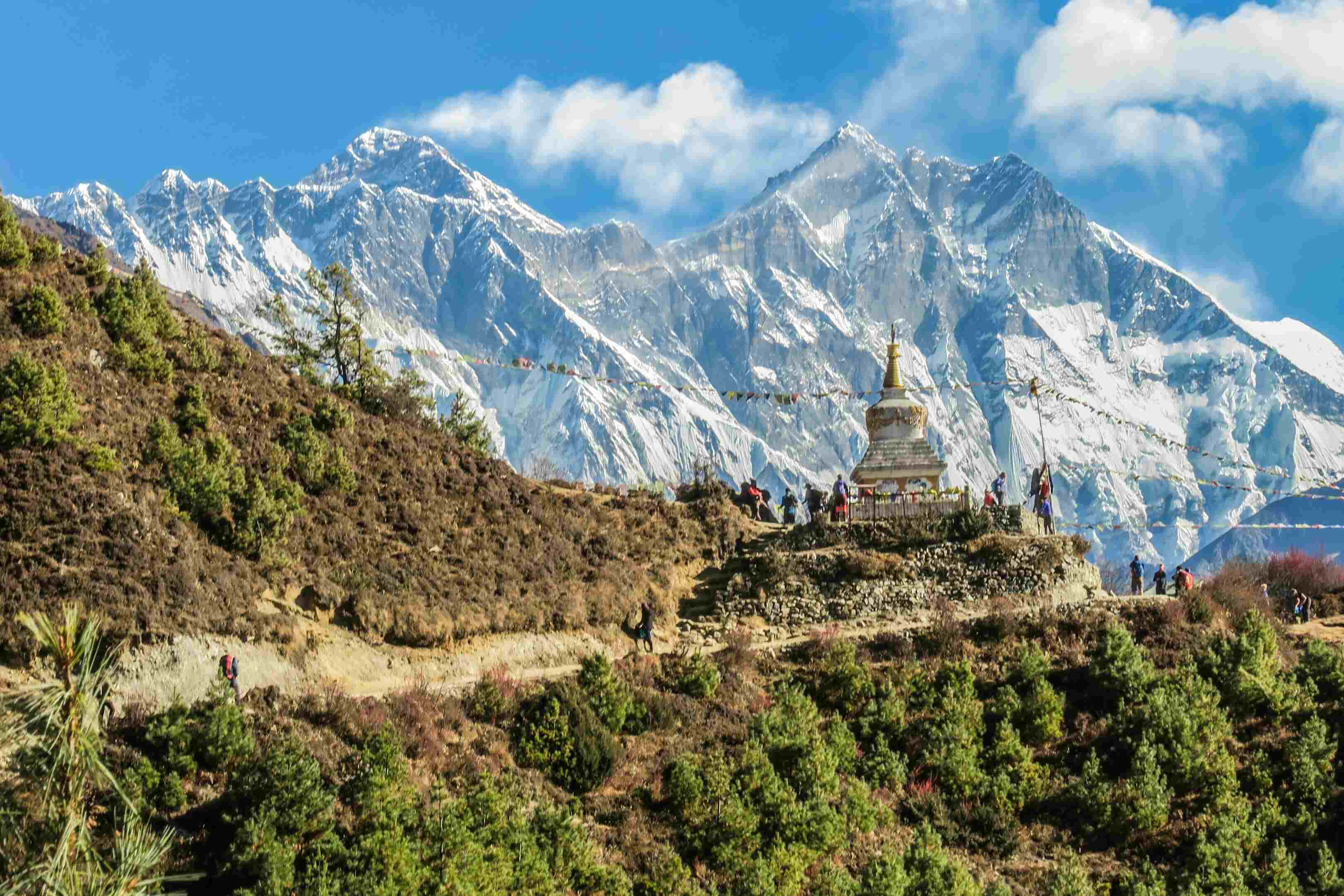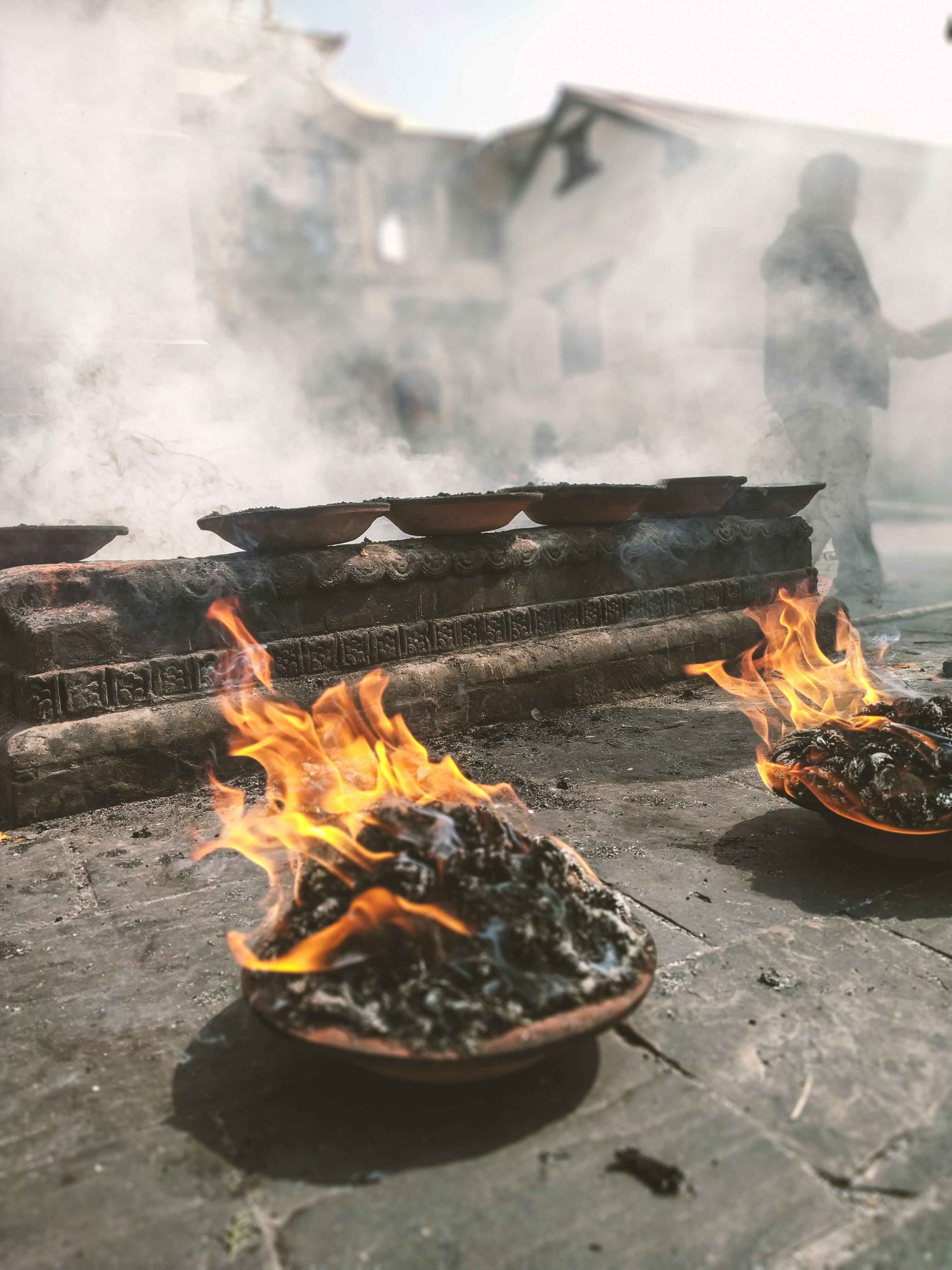Share this Article
Nestled amid the majestic Himalayas, Nepal is globally celebrated for its towering peaks, vibrant cultures, and diverse landscapes. Beyond its natural beauty and cultural heritage, Nepal is quietly brewing a new story — that of its emerging coffee plantations. Although Nepal has traditionally been an agrarian society dependent on staples like rice, maize, and millet, coffee cultivation has steadily grown over the last few decades into an important agricultural and economic sector.
The unique geography of Nepal’s mid-hills, combined with a rising interest in specialty and organic products, has positioned Nepal as a promising player in the global coffee market. This article traces Nepal’s coffee journey — from its historical introduction, unique growing conditions, and traditional farming methods to its cultural significance, economic impact, sustainability efforts, and future potential. It celebrates the resilience of Nepalese farmers, the beauty of shade-grown coffee farms nestled in the hills, and the cup of coffee that now symbolizes a fusion of tradition, innovation, and sustainability.
History of Coffee in Nepal
Coffee cultivation in Nepal is a relatively recent phenomenon, especially compared to long-established coffee-growing countries like Ethiopia or Brazil. The introduction of coffee to Nepal can be traced back to the late 20th century, around the 1930s to 1950s, but it wasn’t until the 1970s and 1980s that commercial coffee farming began to gain traction.
Early efforts were primarily experimental, with government agencies and international development organizations introducing coffee plants to Nepal’s mid-hills. Initial cultivation faced challenges, including a lack of technical knowledge, limited infrastructure, and competition from traditional crops. However, the fertile soil, ideal altitude, and favorable climate in districts like Gulmi, Palpa, Syangja, and Kavrepalanchok encouraged farmers to continue exploring coffee as a viable cash crop.
In the 1990s, Nepalese coffee started to catch international attention, driven by NGOs and cooperatives promoting organic and fair-trade coffee. Organizations like the Alternative Energy Promotion Centre (AEPC) and Asia Network for Sustainable Agriculture and Bioresources (ANSAB) provided training on sustainable farming practices and helped connect farmers with overseas markets.
Today, coffee farming in Nepal spans thousands of hectares, with more than 4,000 farming families involved. Although production is still modest compared to global giants, Nepalese coffee is recognized for its high quality and unique flavor profiles, rooted in its specific terroir.
Geography and Climate Ideal for Coffee
Nepal’s geography is extremely varied, from the lowland Terai plains to the soaring Himalayan peaks. Coffee plantations thrive primarily in the mid-hills — typically between 800 and 1600 meters above sea level — where the climate is temperate and well-suited for Arabica coffee, the variety preferred for its superior flavor and aroma.
The cool mountain air slows down the maturation of coffee cherries, allowing them to develop complex sugars and acids that give Nepalese coffee its distinctive fruity and floral notes. The region’s ample rainfall, well-drained soil rich in organic matter, and daily temperature fluctuations contribute to ideal growing conditions.
An important characteristic of Nepal’s coffee plantations is their traditional shade-grown method. Coffee trees are cultivated beneath a canopy of native trees such as oak, rhododendron, and walnut. This natural shade protects the coffee plants from harsh sunlight, helps retain soil moisture, and preserves the local ecosystem by supporting bird and insect populations. Shade-grown coffee is also linked to higher quality beans and better resilience to climate variations.
Moreover, many farms are located on terraced hillsides, a centuries-old agricultural practice in Nepal, which helps prevent soil erosion and allows efficient use of sloping land.
Farming Practices and Varieties
In Nepal, Arabica coffee dominates the plantations, prized for its delicate flavor. Robusta coffee, which is hardier and higher yielding but less flavorful, is rare and cultivated only in small quantities in lower altitude regions.
Nepalese coffee farming is typically carried out by smallholders who cultivate coffee alongside other crops. Many farmers practice organic farming, avoiding synthetic fertilizers and pesticides, which not only preserves the environment but also increases market value internationally. Traditional knowledge blends with modern agricultural training to optimize plant health and bean quality.
Coffee trees require several years before producing cherries, and farmers carefully nurture them through pruning, mulching, and intercropping. The harvesting season generally runs from October to December, when ripe coffee cherries are hand-picked selectively to ensure only the best fruits are collected.
Post-harvest processing is crucial to coffee quality. Nepalese farmers use a mix of wet (washed) and dry (natural) processing methods. Wet processing involves removing the pulp and fermenting the beans before drying, which yields cleaner, brighter flavors. Dry processing dries whole cherries under the sun, resulting in fruity, heavier-bodied coffees. Some producers also experiment with honey processing, where part of the cherry’s mucilage is left during drying, creating a balance between fruity sweetness and acidity.
After drying, beans are hulled, sorted, and packed for export or local sale. Many cooperatives now roast coffee themselves or collaborate with artisan roasters to develop Nepalese coffee brands for domestic and international consumers.
Cultural and Social Impact
Coffee farming in Nepal is not only an agricultural venture but also a powerful social force. It has provided rural communities with new economic opportunities, diversified incomes, and fostered cooperative spirit.
In districts like Gulmi, Palpa, and Syangja, farmers have formed cooperatives that provide training, processing facilities, and market access. These cooperatives have empowered women by involving them in all stages — from planting and harvesting to packaging and marketing. This has improved household incomes and elevated the status of women in traditionally patriarchal societies.
Coffee culture is blossoming in urban centers such as Kathmandu and Pokhara. Increasing numbers of specialty coffee shops serve Nepalese beans roasted locally, introducing younger generations to the rich flavors grown right in their country. Coffee festivals celebrate this growing identity, blending traditional music, art, and food with tastings and workshops. These events attract tourists and locals alike, enhancing appreciation for Nepal’s agricultural diversity.
Additionally, coffee cultivation encourages environmental stewardship, as farmers recognize the value of preserving forests and biodiversity, essential for their coffee’s health and the wider ecosystem.
Economic Impact and Market Development
Though still in its infancy compared to major coffee producers, Nepal’s coffee industry is becoming an important part of rural economies. For many smallholder farmers, coffee offers higher profit margins than staple crops, making it a vital source of livelihood.
International demand for specialty, organic, and fair-trade coffee has opened premium markets for Nepalese beans in Europe, Japan, the United States, and beyond. Nepal’s coffee cooperatives, supported by NGOs and government initiatives, have worked hard to improve quality control, certification processes, and export logistics.
Challenges remain, such as limited infrastructure, access to capital, and the need for more advanced processing facilities. However, continued investments and partnerships with international buyers are gradually overcoming these hurdles.
Local entrepreneurs are also capitalizing on the growing café culture by establishing roasting houses and retail brands that celebrate Nepalese coffee heritage, contributing to job creation and urban economic growth.
Sustainability and Environmental Concerns
Sustainability lies at the heart of Nepal’s coffee story. Shade-grown coffee farms help conserve native forests, prevent soil erosion, and provide habitats for wildlife. Organic farming minimizes chemical use, protecting soil and water quality.
Climate change poses threats through unpredictable rainfall patterns and temperature shifts. To address this, farmers are adopting climate-smart agriculture practices, diversifying crops, and experimenting with resilient coffee varieties.
Certifications like organic and fair trade not only assure consumers but also promote environmental and social responsibility. Organizations such as ICIMOD and ANSAB work with farmers to conserve genetic diversity and implement sustainable harvesting.
Educational programs in rural schools teach youth about local plants, biodiversity, and sustainable agriculture, nurturing future guardians of Nepal’s natural and cultural heritage.
Future Prospects and Coffee Tourism
Looking ahead, Nepal’s coffee industry holds exciting potential. Research institutions are collaborating on developing new coffee varieties and improving cultivation methods suited for Nepal’s unique environment.
Infrastructure improvements, including better roads, storage, and processing plants, will help scale production and reduce post-harvest losses. Expanding coffee tourism is another promising avenue. Visitors can tour coffee farms, participate in harvests, learn traditional processing techniques, and enjoy freshly brewed cups amid stunning Himalayan landscapes.
Coffee’s integration with cultural festivals, local cuisine, and eco-tourism offers a holistic experience that benefits both farmers and visitors.
Conclusion
Nepal’s coffee plantations represent more than just an agricultural crop; they symbolize a harmonious blend of nature, culture, and community resilience. From the steep hills where coffee cherries ripen under ancient trees to the bustling cafés of Kathmandu serving aromatic brews, coffee is weaving a golden thread through Nepal’s social and economic fabric.
As Nepalese farmers embrace sustainable practices and connect with global markets, Nepal’s coffee continues to mature into a unique and cherished product on the world stage. For coffee lovers and travelers alike, Nepal offers an opportunity to experience a truly special cup — one brewed from tradition, nurtured by nature, and shared with pride.
Categories:
Food & Drink
Tags:
traditional-drink
,
tradition







